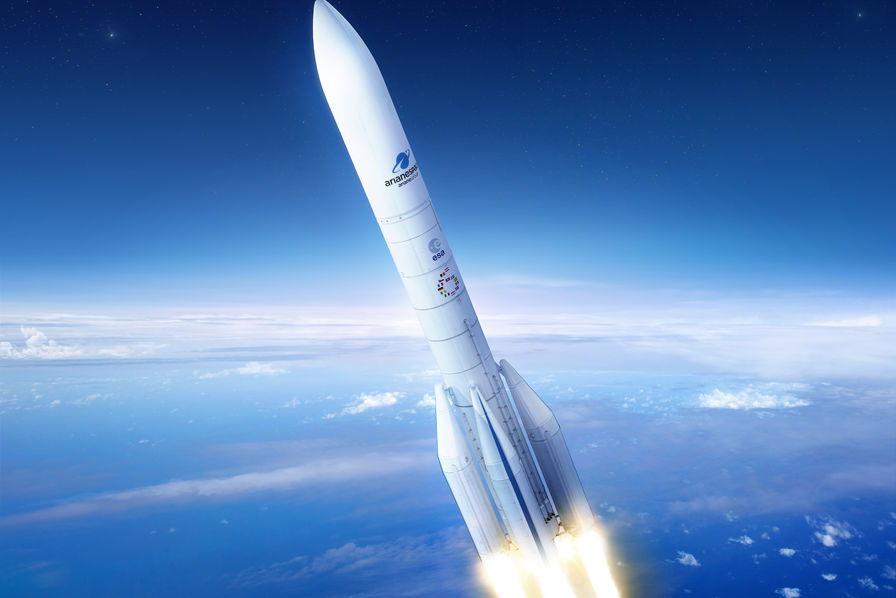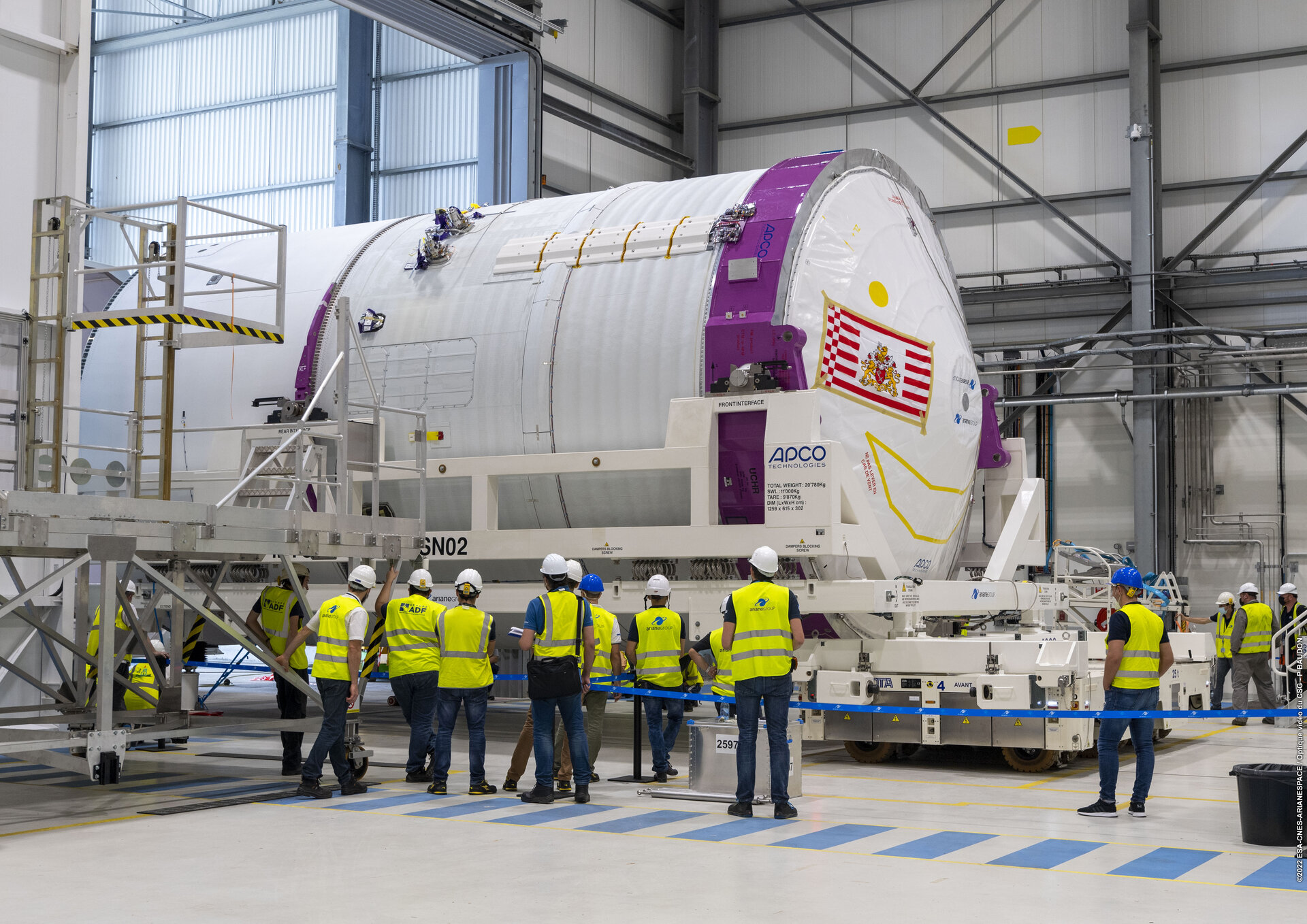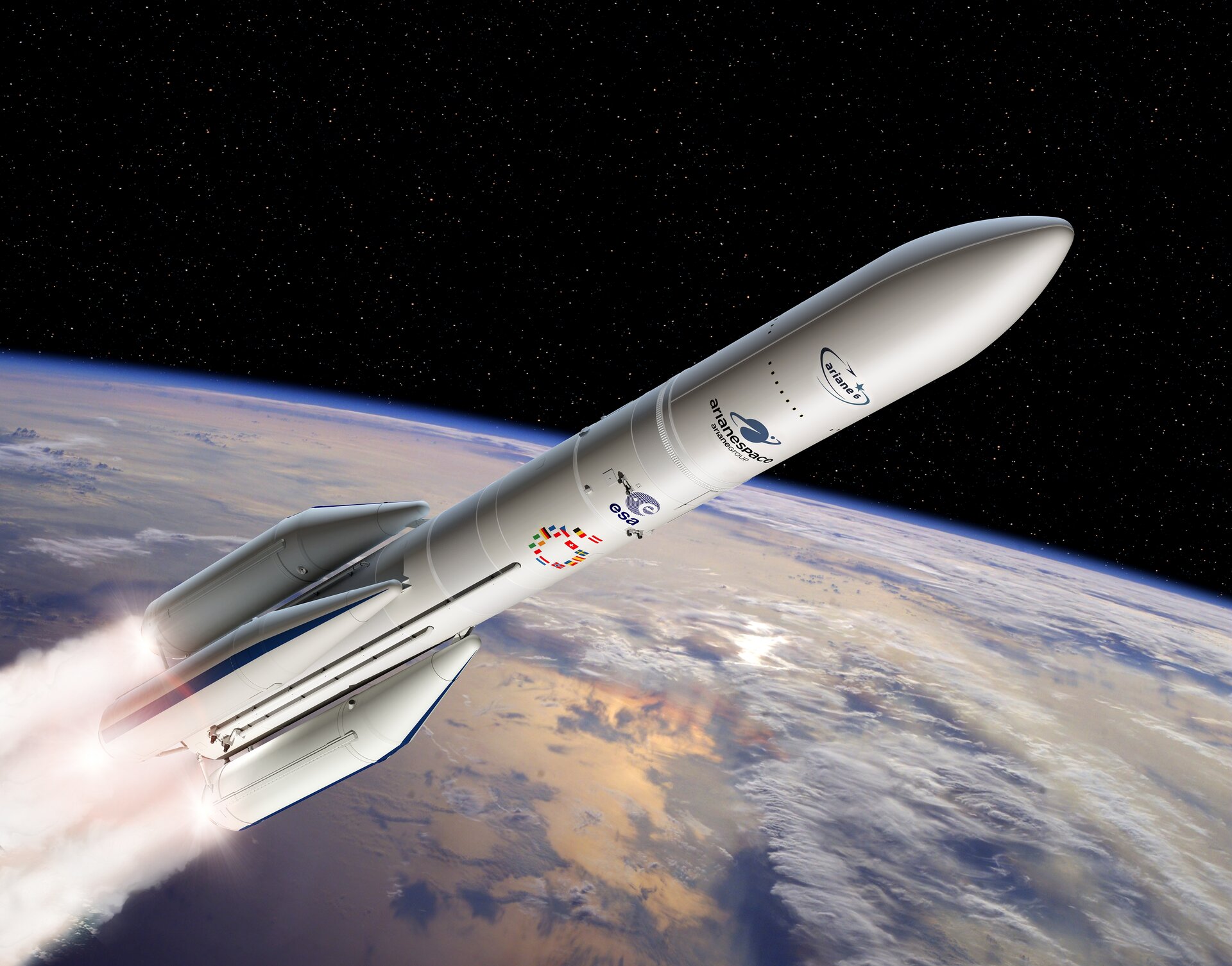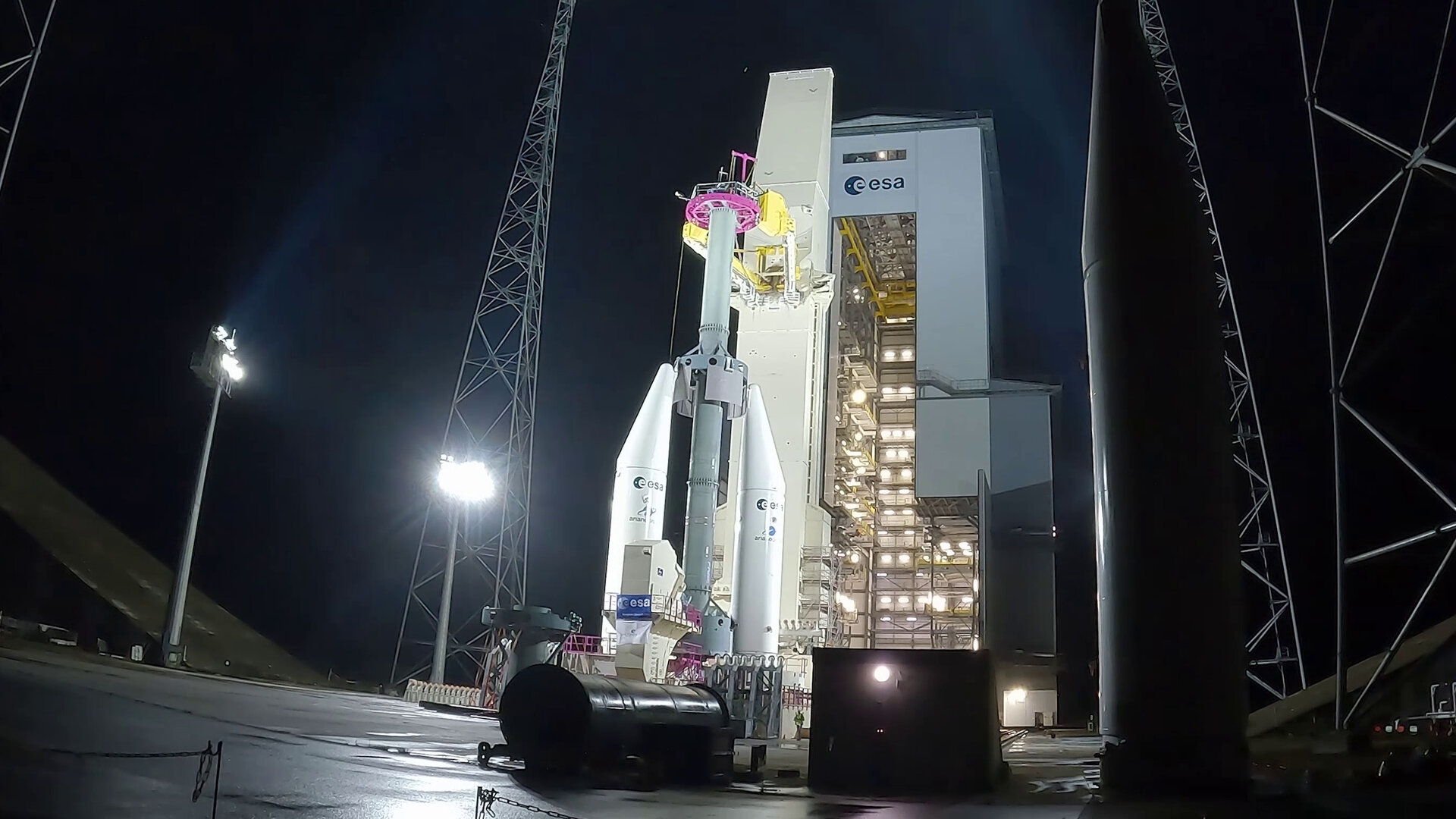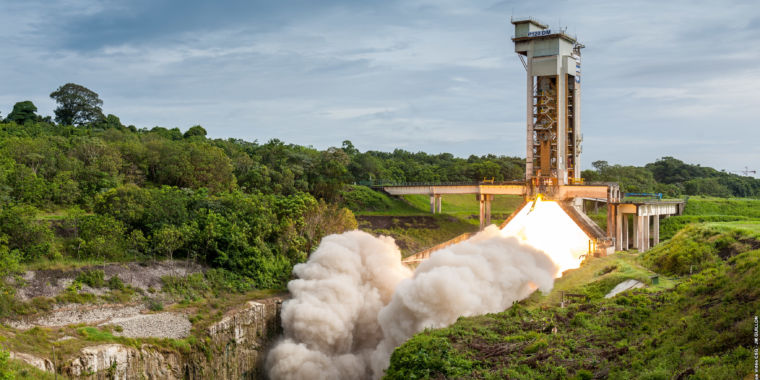Mais avec beaucoup de réticences et d'agacements car l'Allemagne se dit "préoccupée" par "la raison d'être" de ce questionnaire et le "besoin d'ambitions suggéré" de Bruxelles dans le spatial en général, et en particulier dans le domaine des lanceurs. "Contrairement à la logique même du questionnaire, l'Allemagne ne voit pas la Commission européenne et l'UE se charger de la mission d'assurer un accès indépendant, fiable et rentable à l'espace", estime le ministère allemand, qui tire à boulets rouges tout au long d'un document officiel que La Tribune s'est procuré.
L'approche de la Commission européenne "semble non seulement négliger les principes bien établis dans la prise de décision stratégique et la définition des politiques au niveau européen, mais elle est également en contradiction avec la répartition efficace des rôles et des responsabilités en Europe, en particulier du rôle essentiel que l'ESA, l'Agence spatiale européenne, joue dans le secteur spatial européen", explique le ministère allemand des Affaires économiques et de l'Énergie. L'Allemagne souhaite cantonner la Commission à un rôle d'utilisateur des services de lancement d'Ariane 6. Pas plus...
"Les activités spatiales doivent être motivées par les besoins réels et non par le désir de créer une demande de services de lancement", explique l'Allemagne, qui donne une leçon à la Commission.
L'Allemagne s'oppose à Thierry Breton
Très clairement, l'Allemagne n'apprécie pas du tout l'initiative de la Commission européenne, et notamment du commissaire européen en charge du marché intérieur Thierry Breton, qui s'occupe de la politique spatiale européenne. Cette démarche "n'est pas conforme aux attentes de l'Allemagne concernant une politique européenne appropriée des lanceurs. Enfin, au-delà de la gouvernance et des considérations de fond, l'Allemagne a du mal à comprendre l'orientation actuelle que la Commission propose pour les activités spatiales liées à l'UE en général. Du côté de la gouvernance - et contrairement à la logique même du questionnaire -, l'Allemagne ne voit pas la Commission européenne et l'UE se charger de la tâche d'assurer un accès indépendant, fiable et rentable à l'espace", selon le ministère allemand.
Tout comme elle ne voit "aucune nécessité pour l'UE de rechercher une position de leader sur la scène mondiale dans le secteur des lanceurs". D'autant que si Berlin est attachée à l'indépendance européenne en matière d'accès à l'espace, elle continuera à garantir cet accès via l'ESA, soutenue par l'Allemagne. Ambiance. "Il incombe à l'Agence spatiale européenne et à l'industrie de fournir des lanceurs et leurs technologies pour les besoins européens", martèle d'ailleurs le ministère allemand.
Ariane 6 est le lanceur européen pour 15 ans au moins
Il est clair en outre que la France et l'Allemagne ne sont pas du tout alignées sur la stratégie à suivre sur l'avenir des lanceurs européens. Mais pas du tout sur plusieurs sujets vitaux. Autant Paris souhaite tourner la page très rapidement d'Ariane 6 jugée non compétitive en développant un démonstrateur dès 2025, autant Berlin veut "amortir" cet investissement de 4 milliards d'euros, dont 1 milliard financé par l'Allemagne, "pour au moins les 15 prochaines années". Selon l'Allemagne, le successeur d'Ariane 6 ne doit arriver qu'au "milieu des années 2030". Elle estime les coûts de développement pour un nouveau lanceur à "au moins 6 milliards d'euros" et pour une famille de lanceurs complète à plus "de 10 milliards d'euros".
---------------////
But with a lot of reluctance and annoyance because Germany says it is "concerned" by "the raison d'être" of this questionnaire and the "suggested need for ambitions" of Brussels in the space sector in general, and in particular in the field of launchers. "Contrary to the very logic of the questionnaire, Germany does not see the European Commission and the EU taking on the mission of ensuring independent, reliable and profitable access to space," said the German ministry, which draws with red balls throughout an official document that La Tribune has obtained.
The European Commission's approach "seems not only to neglect well-established principles in strategic decision-making and policy-making at European level, but it is also at odds with the effective distribution of roles and responsibilities in Europe, in particularly of the essential role that ESA, the European Space Agency, plays in the European space sector ", explains the German Ministry of Economic Affairs and Energy. Germany wishes to confine the Commission to a role of user of Ariane 6 launch services. No more ...
"Space activities must be motivated by real needs and not by the desire to create a demand for launch services", explains Germany, which is teaching the Commission a lesson.
Germany opposes Thierry Breton
Very clearly, Germany does not at all like the initiative of the European Commission, and in particular of the European commissioner in charge of the internal market, Thierry Breton, who is in charge of European space policy. This approach "is not in line with Germany's expectations regarding an appropriate European launchers policy. Finally, beyond governance and substantive considerations, Germany has difficulty understanding the current direction that the Commission proposes for space activities linked to the EU in general. On the governance side - and contrary to the very logic of the questionnaire - Germany does not see the European Commission and the EU taking on the task of ensure independent, reliable and cost-effective access to space, "according to the German ministry.
Just as she sees "no need for the EU to seek a leading position on the world stage in the launcher sector". Especially since if Berlin is attached to European independence in terms of access to space, it will continue to guarantee this access via the ESA, supported by Germany. Atmosphere. "It is the responsibility of the European Space Agency and industry to provide launchers and their technologies for European needs," insists the German ministry.
Ariane 6 is the European launcher for at least 15 years
It is also clear that France and Germany are not at all aligned on the strategy to be followed on the future of European launchers. But not at all on several vital topics. As much as Paris wants to turn the page very quickly on Ariane 6 deemed uncompetitive by developing a demonstrator from 2025, Berlin wants to "amortize" this investment of 4 billion euros, including 1 billion financed by Germany, "for at least the next 15 years ". According to Germany, the successor to Ariane 6 should not arrive until "the middle of the 2030s". It estimates the development costs for a new launcher at "at least 6 billion euros" and for a complete family of launchers at more "than 10 billion euros".




